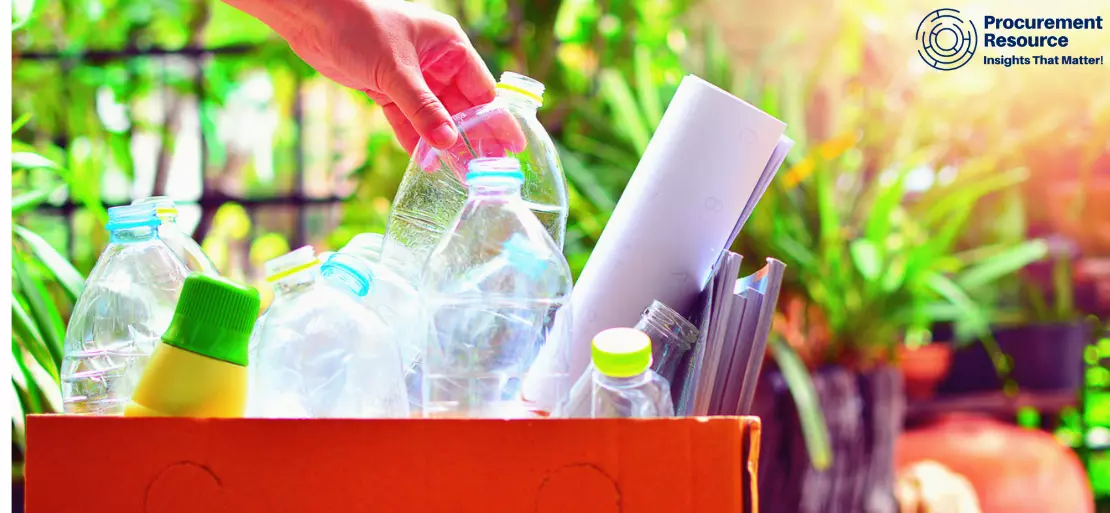Plastics Demand in Asia Seems Largely Disrupted Amid COVID-19

The novel coronavirus has led to a complete lockdown in many countries across the globe because of which economies are almost at a standstill and largely non-thriving unlike the pre-coronavirus days. The plastics and many other industries are facing a crisis, which is expected to be worse than 2008, with major bankruptcies likely.
The lockdowns have made actual demand in key sectors, such as automotive industry, etc., to slump except for the essential commodities and products. The automotive industry experienced a heavy downfall, which was evident from the reduced vehicle sales in comparison to year-ago levels. Within China and India, major markets saw the decline in sales by more than 40% year on year owing to the weakening demand for automobiles amid the coronavirus pandemic.
The sales of vehicles in China slumped 43.3% on an annualised basis to a volume of 1.43m units in March. China, which represents the world’s largest car market, witnessed a decline in sales and production in March as the country’s economy witnessed a drop, recording a negative growth of 6.8% in the first quarter. The weakened economy is the result of the restrictive containment measures that led to a halt of all the economic activities in the region in the month of February.
While in India, sales of vehicle dropped 45% year on year to 1.05m units in the same month. In the country, tyre and automotive makers had to close their plants amidst the crippling demand, and on the other hand, import cargoes got stuck at the ports due to the transport restrictions.
The economic turmoil, particularly in the wake of crude oil prices that had reached a negative territory during the initial days of April amid the pandemic has also affected several sectors. It is anticipated that for the next two years the global economy will be much weaker than the pre-coronavirus days.
The weakening automotive industry has resulted in the reduced prices of the raw materials used in cars. The sluggish growth of the automotive sector has widened the gap between spot-supply and demand for butadiene (BD), where the supply has outstripped the product demand. Spot interest for BD has fallen as the downstream synthetic rubber (SR) producers have decided to reduce their operating rates owing to the fall in the automotive sector. Buyers are wary of the situation and are unwilling to make any further spot purchases due to looming threat of global recession and uncertain market outlook.
The butadiene and synthetic rubber producers are being affected as the major tyre and auto makers suspended their operations or closed their facilities worldwide owing to the mass shutdown, travel bans, and restriction on transportation imposed by authorities and governments worldwide to prevent the spread of the pandemic.
The weakening demand for downstream synthetic rubber had also curbed the demand for butadiene, with major downstream synthetic rubber producers fulfilling their May requirements and not appearing in any rush to start discussions or operations for June and July shipments.
The Asian polybutadiene rubber (PBR) market witnessed a stagnation as its demand slumped amid the coronavirus pandemic. The market was largely impacted by a sharp decrease in BD feedstock prices, which have reduced by nearly 55% since late January due to oversupply and weakened demand.
Extended lockdown has severely hit the April business in Asia. In the monoethylene glycol (MEG) market, China witnessed flow of additional cargoes from the US and India owing to the steadily emerging local demand. However, in the second quarter, several integrated MEG units in China will undergo maintenance process, leading to their shutdown, thus offsetting the lengthened imports due to the reduction of supply in the local China market.
Further, the sales of polyester slipped in China as the export of textile products witnessed a downfall owing to the dwindling textiles sector amid the coronavirus pandemic.
Although several sectors are witnessing a downfall, the massive increase in demand for protective items including facial masks and gears is propelling the demand for polypropylene (PP) fibre grade material. Owing to this reason, many manufacturers have even switched to producing this grade.
Moreover, the Chinese central bank’s plans to invest yuan (CNY) 550bn of liquidity to boost the economy, which is expected to aid the polyethylene market in the country.
The domestic consumption of polyethylene in China accounts for 80% of the total product demand and this will further drive the China’s polyethylene (PE) market in 2020. China, being a major PE consumer, is expected to aid the overall polyethylene market in Asia as well.
In addition to this, the demand for paraxylene (PX) in China remains healthy, and the operating rates for downstream purified terephthalic acid (PTA) applications are also high with no plans for scheduled maintenance in the coming period.
For propylene market, a U-shaped recovery can be observed with the global economy and chemicals demand taking longer to rebound. Though it is anticipated that pre-coronavirus volumes may not return until 2022, it is not all doom across the plastics industry in the Asian region as well as globally.



